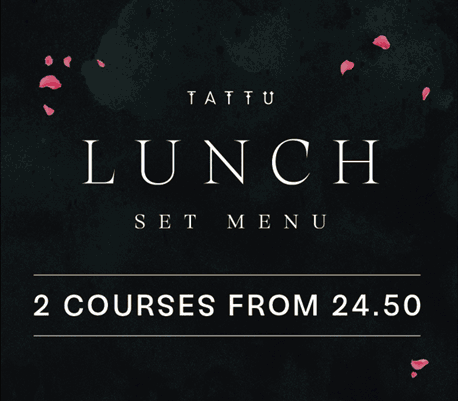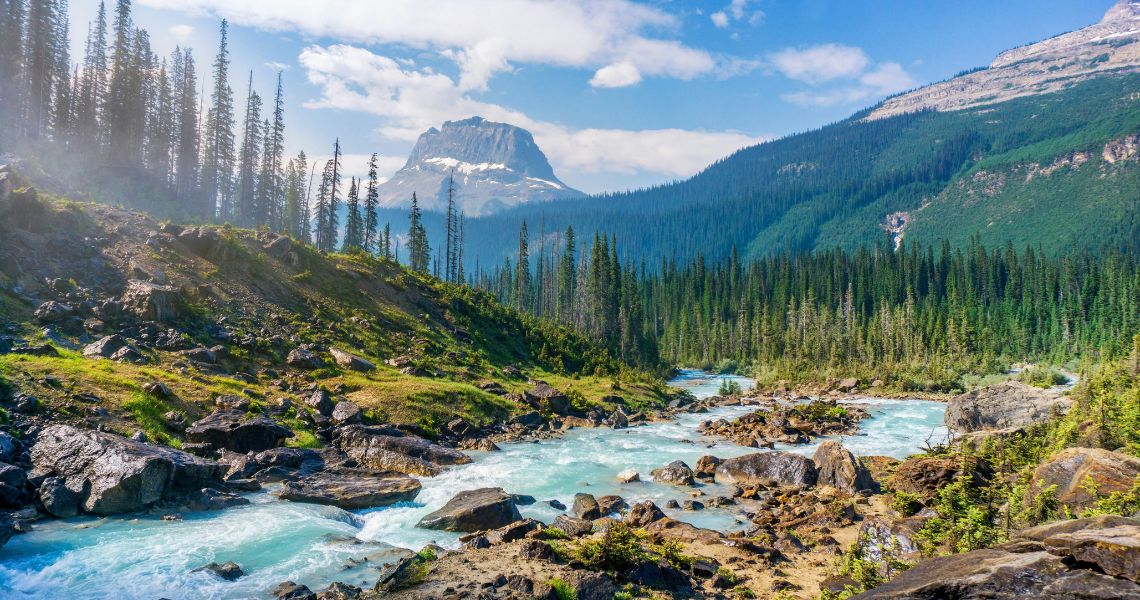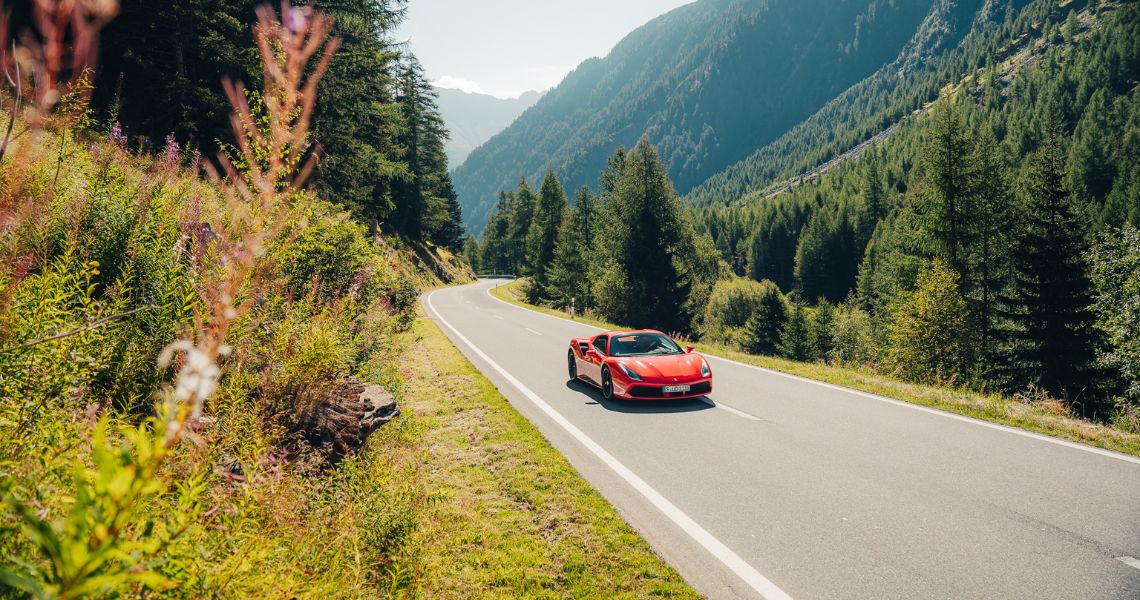Planning smarter trips for 2026? Discover 8 types of tourism every traveller should know, from farm stays and food journeys to adrenaline-filled adventures.
Are you excited to know about different kinds of tourism? Tourism is changing rapidly as travellers seek further approaches to explore the world. By 2026, the industry will be more focused on individual experience, cultural exchange and sustainable tourism. Individuals now seek travel that matches their interests and lifestyles. Some people like adventure, but others like culture, nature or wellness.

Mickness and company have stated that familiarity with the different kinds of tourism enables the travellers to have better journey ideas. It also allows them to select the experiences that bring joy and lasting memories. In this piece of writing, we will talk about the top eight types of tourism that every traveller should know before 2026. Each type has its flavour and adventurous tourism story.
Important Features:
Here is what you need to know
- There are various forms of tourism emerging to suit the interests and lifestyles of the traveller.
- Adventure presents opportunities such as trekking, rafting and climbing to people who love adventure.
- Cultural emphasises traditions, heritage and arts to have greater connections.
- Luxury focuses on comfort, high services and exclusivity.
- Adrenaline sports are high-intensity activities that attract tourists.
- Culinary tourism is an experience that allows travellers to connect with the culture via food.
Importance of Understanding Diverse Tourism Types
According to the World Travel and Tourism Council, travel and tourism added US$10.9 trillion to the global GDP in 2024. There are numerous options travellers have to make before deciding to go somewhere. They are usually confused about where to go and what to do. The process is facilitated by learning about different kinds of tourism. Each type has its purpose, demands, and rewards. Adventure tourism requires preparation and energy.
- Cultural tourism involves respect for traditions.
- The ecotourism demands nature-care.
- High-end tourism requires planning and budgeting.
Travellers can identify experiences that best suit their purposes when they are aware of such differences. This information also helps students, researchers, and travel professionals. They can analyse the tourism trends and forecast their changes, and compose superior tour plans.
Tourism offers a vast field for research, which is why many institutions have dedicated departments to advance studies and broaden student exposure. Many students need strong analytical thinking skills to transform raw information into structured research. In such cases, they may request cheap dissertation writing help from professionals at The Academic Papers UK. Expert human writers not only provide well-researched theses but also assist with data organisation, proofreading, and citation.
How to Choose the Right Tourism Type Based on Interests?
The first step to take is to identify your interests when selecting a type of tourism. It depends on what each traveller is seeking. Adventure focused will be suitable for those people who like adventure and the challenges of nature.

- Culture tourism suits those individuals who desire to learn about their history and culture.
- Eco-tourism is attractive to tourists interested in the well-being of nature and sustainability.
- Wellness helps those in need of rest, healing and balance.
- Culinary tourism is ideal for those who love experiencing local cuisine.
- Luxury is a target market for people who seek comfort and exclusivity.
- Budget tourism is effective when the traveller wants cheap trips.
By focusing on personal goals, travellers avoid confusion and enjoy their journeys more. The right choice creates lasting memories. It also makes every trip meaningful, enjoyable, and rewarding for the traveller.
A List of 8 Different Kinds of Tourism Every Traveller Should Know
Tourism is no longer one-size-fits-all, as travellers seek unique experiences that match their interests. Here are eight kinds different kinds shaping journeys before 2026.
1. Adventure Tourism

Adventure tourism is about excitement, danger, and outdoor difficulties. It attracts travellers as it offers such activities as trekking, rafting and climbing. The aim is excitement, an exploration of self, and personal development.
According to research conducted by the Adventure Travel Trade Association that adventure tourism belongs to a number of the fastest-growing industries, and the demand for unique experiences is continually growing. It is appropriate for individuals who are thrill-seeking and desire to test their limits.
Popular destinations for adventure seekers
- Nepal for mountain trekking.
- New Zealand for sky diving also for bungee jumping.
- Costa Rica for rafting and jungle trekking
- Switzerland for alpine mountain adventures.
Key activities
- Trekking through mountains
- White-water in mountain rivers.
- Ascending peaks or glaciers.
- Skydiving paragliding.

Safety tips and preparation guidelines
- Work out the body ahead of the trip.
- Always use safety equipment properly.
- Check local weather and risks.
- Buy insurance that covers adventure sports.
2. Cultural Tourism
Cultural tourism enables the travellers to interact with the past, art and customs. Tourists visit music, dances, rituals, and architecture to learn about local heritage. It brings travellers and communities closer. MDPI reported that cultural tourism represents over 40% of global tourism and continues to grow. It is suitable for those who love travelling and want real experiences that extend beyond sightseeing.
Iconic cultural destinations globally
- Paris for art and museums.
- Kyoto is known for its temples and traditions.
- Cairo because of the pyramids and its ancient history.
- Rome was one of the main attractions in terms of monuments and heritage.
Festivals, museums, and historical sites
- Carnival in Rio de Janeiro.
- Diwali in India.
- Museums like the Louvre in France.
- Historical cities like Athens and Istanbul.

How travellers can immerse themselves respectfully
- Learn the Basic local language
- Respect local dress codes and folkways.
- Support local artisans
- Avoid exploiting cultural symbols
3. Eco-Tourism
Eco-tourism is a kind of travel which is less harmful to nature and beneficial to the local population. It is conservation-oriented, low-impact, and ecosystem-respectful. Travellers engage in activities like wildlife watching, hiking, and visiting protected areas.
According to the study of a mindful ecosystem, the global ecotourism market was worth $295.10 billion in 2023 and is projected to reach $761.39 billion by 2030. It suits individuals concerned about the planet and want their travels to contribute positively to nature.

Destinations promoting conservation
- Costa Rica for rainforest reserves.
- Safari from Kenya
- Volcanoes form Iceland
- Choose Safari Galapagos for Biodiversity.
Activities

- Wildlife safaris.
- Servicing in conservation efforts.
- Hiking in protected areas.
- Nature photography and bird watching.
Positive impacts
Eco-tourism is an eco-friendly adventure. It also provides good incomes to local people. Tourists become educated on the respect for ecology and people.
4. Medical Tourism
Medical tourism is health and treatment-oriented. Individuals commute to gain cheaper services, modern treatments or specialised therapies. Many people demand health services such as spa treatments and alternative medicine. It is also very beneficial for students conducting research on medical dissertations.
According to the Medical Tourism Association, approximately 14 million individuals annually travel out of their home country in a bid to seek medical care. It is appropriate for travellers where medical care is used in combination with a healing environment.

Popular countries and clinics
- Thailand for cosmetic surgery.
- India for heart and kidney treatments.
- Turkey for dental care and hair transplants.
- Germany for advanced medical facilities.
Tips for choosing facilities
- Evaluation of the performance of hospitals.
- Go through the feedback of earlier patients.
- Compare prices and quality.
- Make sure that there are licensed and trained doctors.
5. Culinary Tourism
Food represents culture and history. Culinary tourism turns this into an in-depth discovery of a place. Travellers get the taste of traditions, flavours and local lifestyles in cuisine. Not only does it satisfy the palate, but it also develops cultural understanding, making each dining experience a cultural affair based on heritage and community.
Food tours, cooking classes, market visits
- Walking food tours in cities.
- Cooking workshops with local chefs.
- Exploring local markets
Signature dishes across regions
- Sushi in Japan.
- Pasta in Italy.
- Tacos in Mexico.
- Spices in Morocco.
Sharing of food develops an understanding. Tourists connect with locals based on tastes, dining and cultures.
6. Rural and Agri-Tourism
Rural and agri-tourism gives visitors a chance to enter a village or into farmland and experience direct exposure to farming, culture and nature. There is also promotion of sustainable living and supporting local economies.

According to the UNWTO, rural tourism has also increased tremendously, with locals visiting natural and original tourist locations. This kind of travelling helps tourists to learn about their agricultural activities and culture.
Farm stays, vineyard tours, craft experiences
- Staying on family farms.
- Vineyard tour in France or Spain.
- Attending weaving or pottery classes.
Connection to local people
Farmers bring tourists into their daily lives. They cook, cultivate, and learn about traditions.
Growing popularity
Urban life is hectic. Rural tourism is serene and real. It is developing at a rapid rate across the globe.
7. Adventure Sports Tourism
Extreme sports tourism is based on high-intensity activities such as skydiving, bungee and paragliding. These features attract thrill seekers who are in pursuit of adrenaline levels. Unlike general adventure tourism, it just focuses on physical and mental challenges.
This not only tests limits but also builds resilience, courage, and unforgettable journeys.

Destinations
- Hawaii for surfing.
- Switzerland for skiing.
- New Zealand for bungee.
- Brazil for paragliding.
Safety measures and equipment
- Never rent noncertified equipment.
- Before using the equipment, check it.
- Get a skilled instructor.
- Avoid rigorous sports without practice.
Adventure sports tourism is also about extreme risk. Moderate hiking or rafting can be a part of a general adventure
8. Luxury Tourism

Luxury tourism offers exclusivity, comfort and individualised experiences in the form of high-end resorts, exclusive tours and high-end services. It serves travellers who want to be refined and have privacy.
Statista reports that luxury travel sales across the world are expected to exceed 1.2 trillion by 2027. This type emphasises quality, uniqueness, and indulgence, making it a preferred choice for affluent travellers worldwide.
Top 5 Travel Tips for Every Tourism Type
Here are some top travel tips mentioned below which make your journey secure and enjoyable.
- Research destinations before booking.
- Learn about local culture and nature.
- Be smart in budgeting your type of choice
- Purchase travel insurance to be secure.
- Be flexible about plans.
How Professional Help Makes Tourism Research Easier
Tourism is an interesting subject to study, but research in this area takes time and effort. Many students find it hard to organise data, keep references in order, and write their ideas. Support from teachers, classmates, or researchers at ethical dissertation writing agencies, such as Dissertation Writers UK, Affordable Dissertation UK, or Cheap Essay Writing UK, can be very helpful.
With the right help, you can focus on your ideas and explain them simply and clearly.

- Supporting students in tourism research: The topic, research design and data collection are guided by experts. They make sure that the study meets the academic standard.
- Guidance in structuring dissertations: Editors help with refining summaries, chapter elaborations and sharp arguments. They are also useful in the field of referencing and formatting.
- Making sure of accuracy and credibility: Authors use credible sources. They fact-check data and academic honesty.
- Increasing quality and time saving: Students save time and stress. Authors edit the writing style and make the research better.
Final Verdict
Tourism is an ever-evolving phenomenon. Travellers seek individual, purposeful, and technological experiences. Different kinds like adventure, culture, food and luxury make it easier for travellers to choose one according to interest.
Knowledge of the various types of tourism will enable tourists to be smart. It also helps the students and researchers in trend analysis. It is divided into several categories depending on what a person is interested in: recreation, rest or study, or luxury.
FAQs
1. What is The Main Tourism Management System?
The principal tourism management system is an online program which enables the system to control bookings, reservations, payments and information relating to customers. It enhances the performance of hotels, travel companies and tour operators.
Managers operate on it to monitor schedules, manage resources and ensure comfortable experiences for the travellers. According to UNWTO, digital management systems play a vital role in modern tourism growth. The systems enable companies to save on time consumption, reduce the number of errors and boost the satisfaction of the customers.
Which Countries Are Best for Adventure Tourism?
The best countries are New Zealand, Costa Rica, Nepal, and Canada.
- New Zealand has offered thrilling activities like bungee jumping, skydiving and hiking.
- Costa Rica attracts travellers with rainforest treks, volcano climbing, and white-water rafting.
- Nepal is famous for trekking and mountaineering in the Himalaya.
- Canada is best for kayaking, hiking, and wildlife exploration.
Images courtesy of unsplash.com and pexels.com














